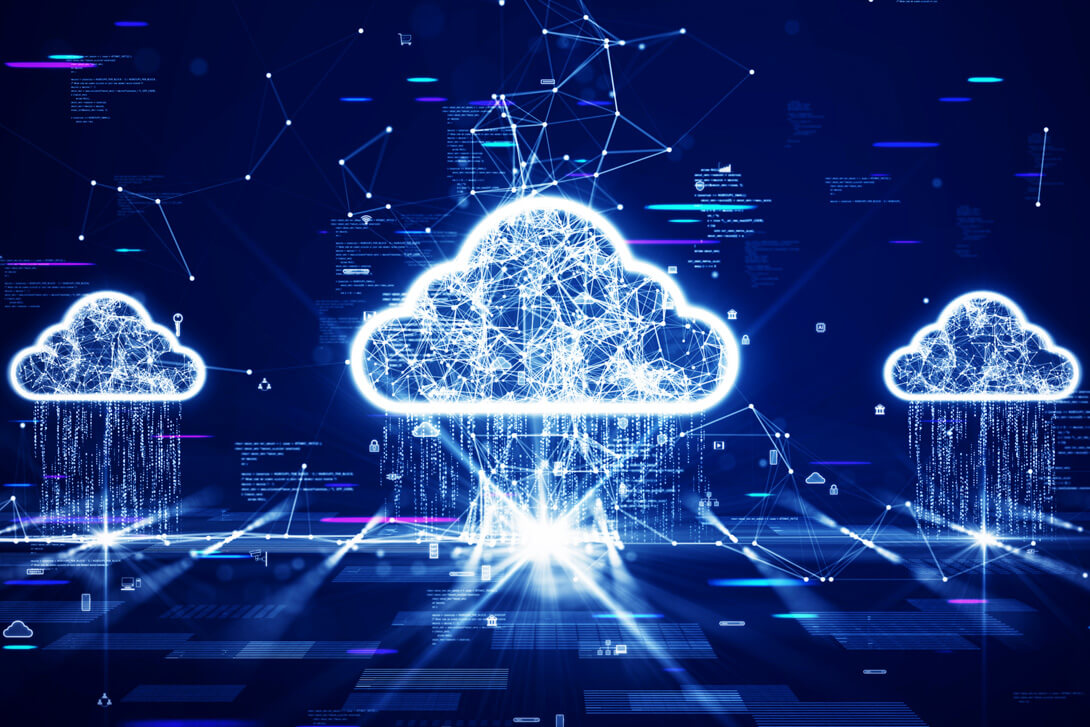8 Points for Multi-Cloud Security
Cloud security challenges crop up when enterprises make the switch to cloud technology and it is the responsibility of the CISO (Chief Information Security Officer) to see that the data on the cloud remains safe and secure. Multi-Cloud security has to be flexible for enterprises, the CISO has his hands full with security issues that have to be addressed seriously. Here are 8 important aspects that they have to keep in mind when migrating to the cloud:
- Multi-Cloud Security Is Here to Stay: According to statistics, 95% of the organizations now use the cloud in one form or the other and 85% of them have a hybrid cloud, which is a combination of multiple private and public cloud resources. An average of around 90 different cloud apps are used by enterprises in their routine tasks and they provide enormous benefits like flexibility, agility, and scalability to meet their shifting resource demands. But the very benefits have heightened the demand for a consistent security strategy.
- Cloud Security is a Shared Responsibility: The onus of securing the data on the cloud does not solely rest on the cloud service provider only but also on the enterprise. The cloud vendor will secure their infrastructure while the customer has to protect their apps, website, networks, and the cloud environment. In a SaaS offering, the service provider is responsible for software and app security. But, enterprises need to be careful with their infrastructure and see to it that the intrusions originating from the services do not spread to their end. Hence, it is advisable to go in for SaaS solutions where the vendors can integrate the enterprise security policies into their services and include things like authentication, inspection, and monitoring.
- Private and Public Cloud Security Is Different: Most of the enterprises opt for a hybrid cloud model, wherein, both, the public and private cloud can be accessed. Security of both the cloud models is a challenge and enterprises need a security architecture that can function seamlessly across both the public and private cloud environments. The security tools used internally by an enterprise need to blend in with the cloud vendor’s security options and this adds another layer of complexity in the extended security infrastructure.
- Centralization and Transparency is the Need for Enterprise Cloud Security: The aim of the CISO is to manage seamless integration of traditional network security environments with the private and public cloud assets. But, in reality, many of the enterprises go in for forceful isolated and different consoles, which create visibility gaps and ambiguity in the correlation between the security tools of different cloud models. This gives rise to degraded security, which is the most undesired; and hence, the holistic security architecture is definitely the need of the hour.
- Cloud Service Provider”: Security Vendor Collaboration is essential. If enterprises are to secure the data on the cloud, the relation between their cloud service provider and the cybersecurity vendor is of utmost importance. Transparency and interoperability are provided to the customers by the cloud service providers who work in tandem with the security vendors. Thus, it is important that enterprises look into the cloud service provider- cloud vendor relationship and its progression when considering migrating to the cloud.
- Look for Cloud Security Vendors with In-Depth Cloud Security Knowledge: Not all vendors are the same when it comes to Multi-Cloud security. Enterprises should opt for those who are well-versed in providing the latest security solution including portfolios that have advanced threat detection, logging, reporting, etc, and are truly multi-cloud ready.
- Centralized Security Information and Event Management (SIEM): The CISO should look to create a single consistent cloud strategy, which includes APIs, connectors, and Cloud Access Security Brokers (CASB). The enterprises should hire the services of those cloud vendors who are actively engaged with the leading cloud service providers. This ensures that the cloud strategy remains flexible and secure always.
- Change Has to be Accommodated: The cloud technology is ever-evolving and there is constant change in terms of services, apps, and resources. The security for Multi-Cloud environments need to be so designed so as to remain ahead of the changing technologies.
Multi-Cloud security has enormous benefits, but enterprises have to ensure proper cloud security by adding an extra cloud security layer through purposefully deploying adept CASB solutions.

